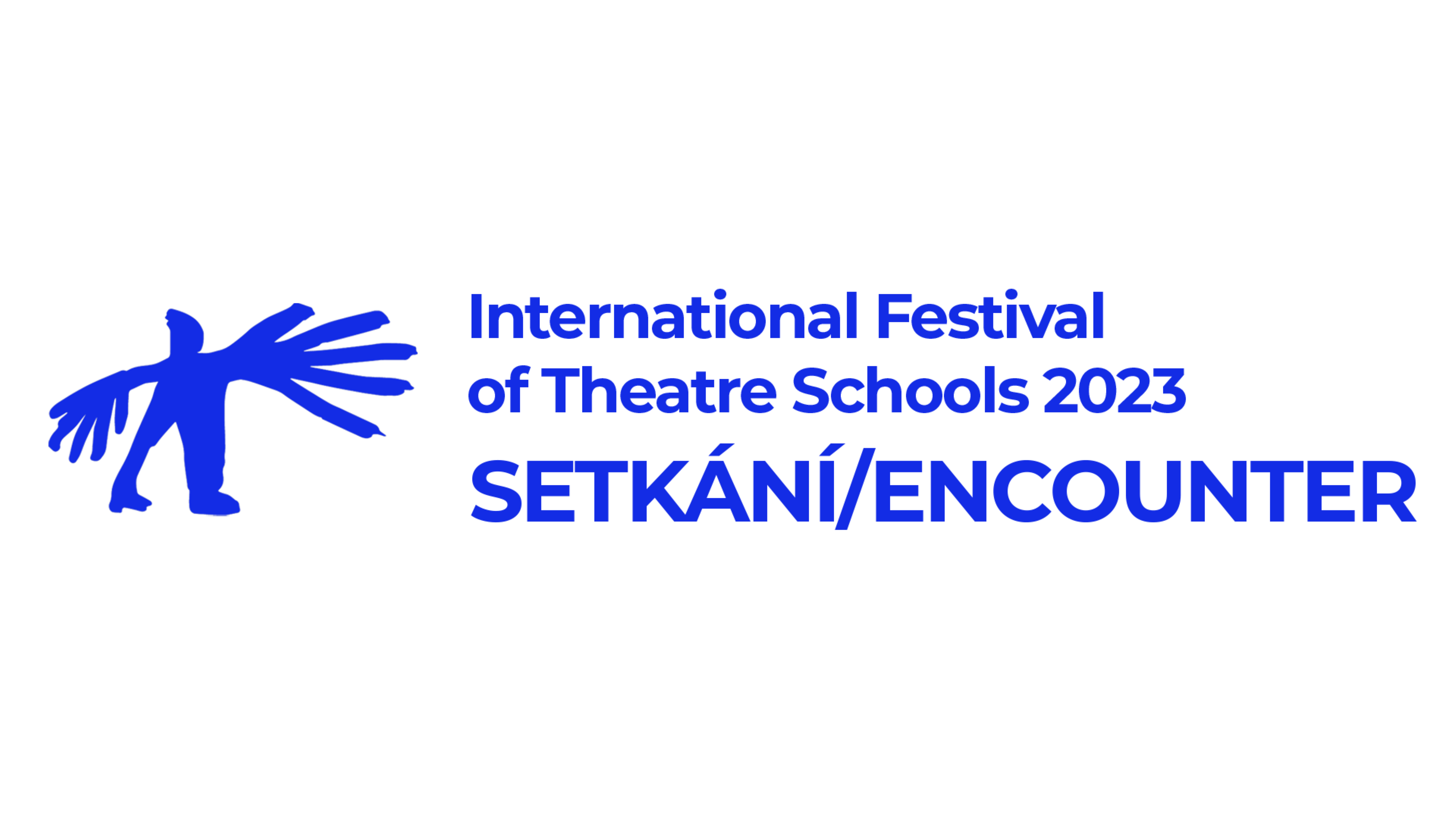
25 Euros for a Canister
“Benzin” is a fusion of five short stories based on folk tales of the Brothers Grimm. The entire narrative unfolds in a post-apocalyptic atmosphere, where a new civilization of people shares stories. Undoubtedly, a major theme is gasoline and its price. As the main tool, eight students from Kyiv University used theatrical masks and their bodies.
The script contained minimal theatrical dialogue, merely enhancing the atmosphere, and explaining the circumstances of the story. Each part seemed initially independent, but towards the end, a certain unity and the point of the entire performance could be discerned. The direction was handled by the head of the Department of Puppetry, Ruslan Neupokoiev, who, in my opinion, adeptly managed the coherence of the stories. At the outset, we are introduced to the Fox and his uncle Death. The Fox's life then gets entangled with other stories full of harshness and cruelty. The fox encounters animals and learns new parts of the stories from them.
The set design itself was very simple. On the set, there was only a metal structure that the actors used as stairs, a prison, or moved around with it. The lighting design worked very well for me during the brutal scenes, creating a menacing atmosphere along with the music. What was not entirely pleasant was the frequent use of blue light, in which the detailed movements of the actors were lost. At the same time, it disturbed me, and in my opinion, they didn't fully use the potential of the situation with the blue light.
In addition to the lights, the mood was also enhanced by music in the Neue Deutsche Härte genre, which combines hard rock, heavy metal, and electronic music. We mostly know this genre from the German band Rammstein, whose music was extensively used. The music was complemented by the visual style of diesel-punk, evident in the costumes. The actors wore torn black jeans and jackets, and had some parts of their bodies exposed with black-painted symbols. When they didn't have masks on, sharply drawn black-and-white makeup was visible, emphasizing their mouths and eyes.
It was very interesting to observe in detail the movements through which the actors expressed the characteristics of their characters, their moods, and their emotions. The group cooperation was synchronized, and the movement parts with choreography were precisely executed. I was also impressed by their physicality, especially in partner work, for example, in lifts. However movement and words were not the only tools used. They often accompanied their characters with animal sounds, such as clucking. These sounds alternated continuously with words, and despite the masks, they could be heard even in the back rows.


